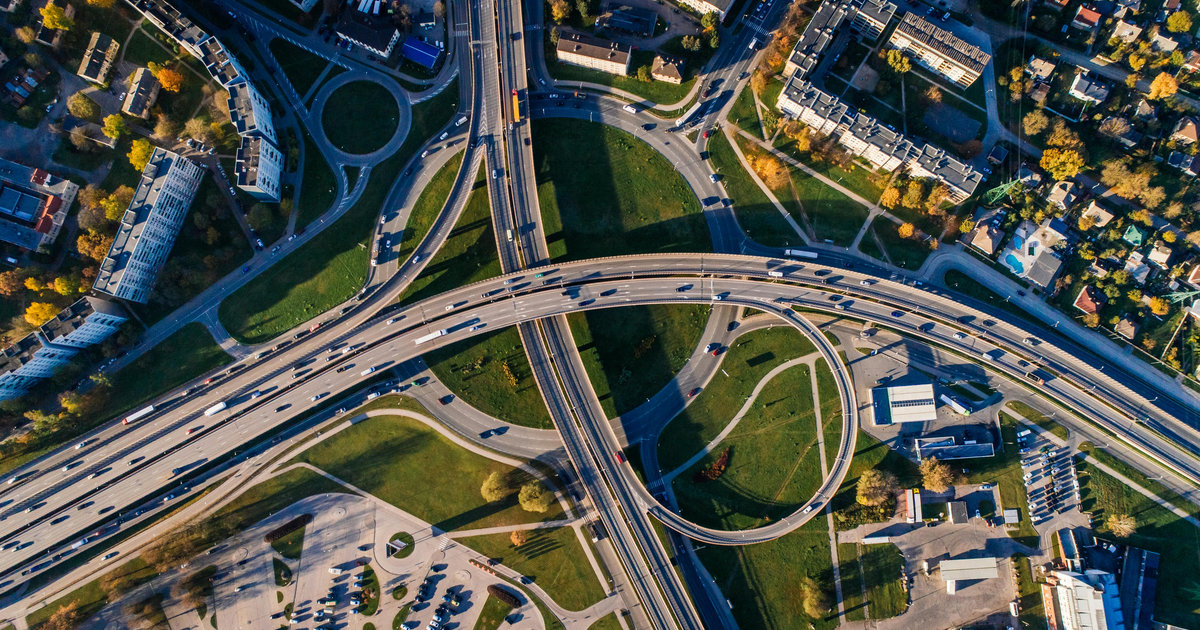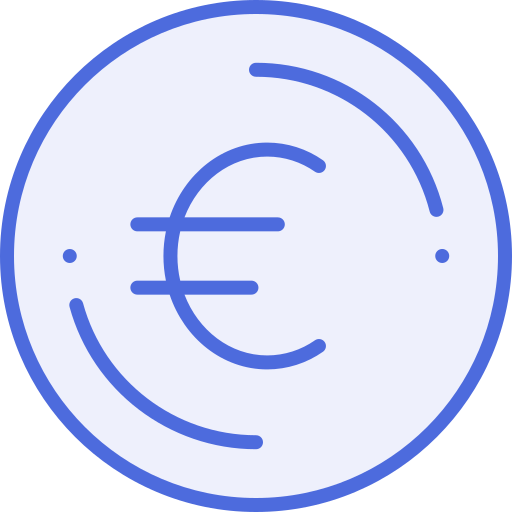On this page
Home

On this page
Navigating the Dutch Snelweg: A Comprehensive Guide to Driving in the Netherlands
Planning to hit the highways in the Netherlands, or as the Dutch call them, "snelweg"? You're in for a treat! I've been cruising these roads for years, and I'm here to share everything you need to know about driving in Holland. From Dutch driving rules to navigating the Netherlands highway system, we've got you covered. So, buckle up, and let's dive in!
Introduction to Dutch Snelweg and Driving Rules in the Netherlands
Picture this: smooth asphalt stretching as far as the eye can see, windmills dotting the horizon, and cars zipping by with impressive efficiency. That's the Dutch snelweg for you! These motorways are the backbone of the Netherlands" road network, connecting major cities and regions.
Before you drive in Holland, it's crucial to familiarize yourself with the Dutch driving rules. The snelweg system is well-maintained and designed for high-speed travel. But don't let that fool you – there's more to it than just putting your foot down and going fast.
I remember my first time on a Netherlands highway. I was amazed at how orderly everything seemed, even during rush hour. It's like there's an unspoken agreement among drivers to keep things flowing smoothly. Trust me, once you get the hang of the driving rules in the Netherlands, you'll love driving here.
Speed Limits on Snelweg and Speeding Fines in Netherlands
Now, let's talk about everyone's favorite topic – speed limits! On most sections of the Dutch snelweg, the maximum speed is 130 km/h (about 80 mph). But here's the catch: this often only applies between 7 PM and 6 AM. During the day, many stretches drop to 100 km/h (62 mph) to reduce emissions and noise.
Keep your eyes peeled for speed limit signs, as they can change depending on the section of road, time of day, or even weather conditions. And let me tell you from experience, those speed cameras are no joke! They're everywhere, and they don't miss a thing.
It's worth noting that speeding fines in Netherlands can be hefty. The Dutch take road safety seriously, and penalties for breaking speed limits can quickly add up. So, it's best to stick to the posted limits – your wallet will thank you!
Pro tip: If you're not sure about the current speed limit, just follow the flow of traffic. Dutch drivers are generally good at sticking to the rules, so they're a reliable guide.
Snelweg Signs and Markings
Alright, let's decode those road signs! Dutch snelweg signs are pretty straightforward once you get used to them. They're usually blue with white text for directional info.
You'll see exit numbers clearly marked, along with the names of upcoming cities and towns. One thing that threw me off at first was the use of "afrit" for exit – so remember that one!
Lane markings are also crucial. Solid white lines mean no crossing, while dashed lines allow lane changes. Watch out for those chevron markings on the road – they're telling you to keep your distance from the vehicle in front.
Entering and Exiting the Netherlands Highway
Joining the snelweg is where the fun begins! Most entrances have a merging lane where you can build up speed before joining the main flow. Dutch drivers are generally courteous and will often make space for you to merge.
When it comes to exiting, plan ahead. Exit signs usually appear well in advance, giving you plenty of time to move to the right lane. Don't be that person who cuts across three lanes at the last second – not cool, and definitely not safe!
I once missed my exit because I was too caught up admiring the view (those Dutch landscapes are something else!). Learn from my mistake and stay focused on the road signs.
Lane Discipline and Overtaking
Here's where things get interesting. Lane discipline on Dutch snelweg is almost an art form. The rule is simple: keep right unless overtaking. This means the left lane is generally reserved for passing slower vehicles.
When overtaking, make your move decisively but safely. Use your indicators (that's blinkers for my American friends) well in advance. Once you've passed, move back to the right lane as soon as it's safe to do so.
I've noticed that Dutch drivers are pros at this. It's like watching a well-choreographed dance – everyone knows their part and plays it perfectly.
Emergency Procedures on Snelweg
Nobody likes to think about emergencies, but it's better to be prepared. If you break down on the snelweg, try to pull over to the emergency lane on the right. Turn on your hazard lights immediately.
There are emergency phones placed at regular intervals along the snelweg. These connect directly to the road authorities who can send help. If you can't reach an emergency phone, call 112 – that's the Dutch emergency number.
I once had a flat tire on the snelweg. It was a bit nerve-wracking, but I was impressed by how quickly help arrived. The Dutch take road safety seriously, and it shows.
Rest Areas and Service Stations
Long drive? No worries! The Dutch snelweg system is dotted with rest areas and service stations. These are great spots to take a break, grab a snack, or fuel up.
Many service stations are open 24/7 and offer a range of facilities – from simple toilets and vending machines to full-service restaurants and shops. Some even have hotels if you need a longer rest.
My favorite thing about Dutch service stations? The coffee is usually pretty good! It's a far cry from the lukewarm, tasteless stuff you often find at highway stops in other countries.
Snelweg Traffic Updates
Staying informed about traffic conditions is crucial for a smooth journey. The Dutch are tech-savvy when it comes to traffic management. You can get real-time updates through various channels:
- Radio: Tune into Radio 1 for regular traffic updates.
- Smartphone apps: Apps like Waze or the ANWB app provide live traffic info.
- Variable message signs: These electronic boards above the snelweg display current traffic conditions and warnings.
I always check the ANWB app before hitting the road. It's saved me from getting stuck in unexpected jams more times than I can count!
Driving in Adverse Weather
The Netherlands isn't known for its great weather, so be prepared for changing conditions. Rain is common, and it can make the snelweg slippery. When it's wet, reduce your speed and increase your following distance.
In case of heavy fog, use your fog lights and slow down significantly. Some sections of snelweg have dynamic speed limits that adjust based on weather conditions, so stay alert.
Winter driving can be tricky too. While heavy snow is rare, it does happen. The Dutch are pretty efficient at clearing roads, but always check weather reports before a long journey in winter.
Snelweg Etiquette for International Drivers
Last but not least, let's talk etiquette. Driving on the Dutch snelweg is all about cooperation and consideration. Here are some unwritten rules to keep in mind:
- Always use your indicators when changing lanes.
- Don't tailgate – it's dangerous and considered very rude.
- If someone wants to merge into your lane, try to make space if it's safe to do so.
- Flashing headlights usually means "I'm coming through" rather than "go ahead."
- Keep noise to a minimum in residential areas near the snelweg, especially at night.
Remember, you're sharing the road with locals who drive these routes every day. A little courtesy goes a long way in making everyone's journey smoother and safer.
Important Legal Considerations
Now, let's touch on some crucial legal points. Driving without a license in Netherlands is a big no-no. Make sure you have a valid driver's license recognized by Dutch authorities. For non-EU residents staying longer than 185 days, you'll need to exchange your license for a Dutch one.
Also, be aware of the blue zone parking in Netherlands. These are areas where you can park for free, but only for a limited time. You'll need a blue parking disc to indicate your arrival time. You can pick these up at most gas stations or tourist information centers.
Wrapping It Up
There you have it – your comprehensive guide to conquering the Dutch snelweg and understanding driving rules in the Netherlands! It might seem daunting at first, but trust me, once you get the hang of it, driving in Holland can be a real pleasure. The roads are well-maintained, the system is efficient, and the views can be spectacular.
So, are you ready to hit the road? Remember to stay alert, follow the Dutch driving rules, and enjoy the journey. And hey, if you see a guy in a blue hatchback giving you a friendly wave on the Netherlands highway, that might just be me! Safe travels, and enjoy exploring the Netherlands from the comfort of your car.
Before you go, why not share your own experiences or questions about driving in the Netherlands? Drop a comment below – I'd love to hear from you. And if you found this guide to drive in Holland helpful, don't forget to share it with your fellow travelers. Tot ziens and happy driving!
Thanks for reading

Your support makes a difference. If you found this guide valuable, please consider donating. Even a small contribution helps us continue creating free resources and improving this website.
This allows us to work on this website full time.
